The next installment in the Final Fantasy VII Remake series is a full-fledged, standalone adventure that follows Cloud and his allies as they venture into uncharted lands in pursuit of the legendary SOLDIER, Sephiroth.
This epic journey unfolds in a vast and diverse world, teeming with breathtaking landscapes ready to be discovered—whether by foot or atop a trusty chocobo.
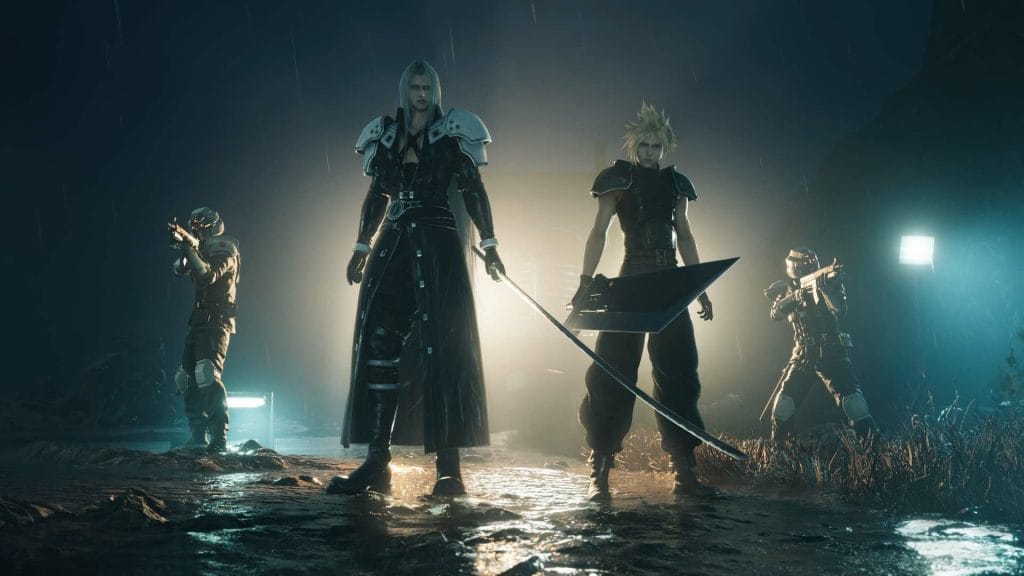
(Image credit: Square Enix)
It wouldn’t be an exaggeration to say that Final Fantasy VII: Rebirth is one of the most anticipated releases of 2024. While blockbuster franchises like Call of Duty and FIFA may dominate sales charts, the second installment in Square Enix’s ambitious remake of the beloved 1997 classic carries a level of excitement that few modern titles can match. Final Fantasy fans are among the most passionate—and most critical—audiences in gaming, and while 2020’s Remake was widely praised, it wasn’t without its flaws.
The original release faced criticism for its linear structure throughout much of its 30–40 hour campaign, unnecessary filler resulting from the expanded scope, and a narrative that saved most of its major developments for the final act. However, Rebirth picks up right where Remake left off, making a conscious effort to address these concerns—if not eliminate them entirely.
Here’s the thing—I’m not a Final Fantasy diehard. In fact, the only game in the series I’ve played is FF7 Remake, which I just finished in February, right before Rebirth launched. That puts me in a unique position—not only have I never played the original Final Fantasy VII (yes, I know, sacrilege), but I also haven’t touched any other mainline entries in the franchise. So, without the weight of nostalgia or direct comparisons to past games, how does Rebirth hold up from the perspective of someone who mostly plays other open-world RPGs?
Well, it’s really, really good. I’m about 20 hours in, currently in Chapter 5—roughly a third of the way through the main story if I were to focus solely on the critical path and skip the optional side content. Of course, I can’t yet judge how Rebirth handles the major narrative moments from the original, but what I can confidently say is that this is an incredibly polished and ambitious open-world RPG. Barring some unexpected surprise release later in the year, it seems like a strong contender for The Game Awards’ Game of the Year.
The story picks up with Cloud, Tifa, Aerith, Barret, and Red XIII leaving Midgar, on the run from the oppressive Shinra Corporation after the events of the first game. From there, their journey leads them across vast landscapes in pursuit of Sephiroth, aiming to stop his apocalyptic plans while uncovering the deeper reasons behind them. It’s a straightforward premise, staying true to the motivations first established in the original, but Rebirth expands it into something truly grand.
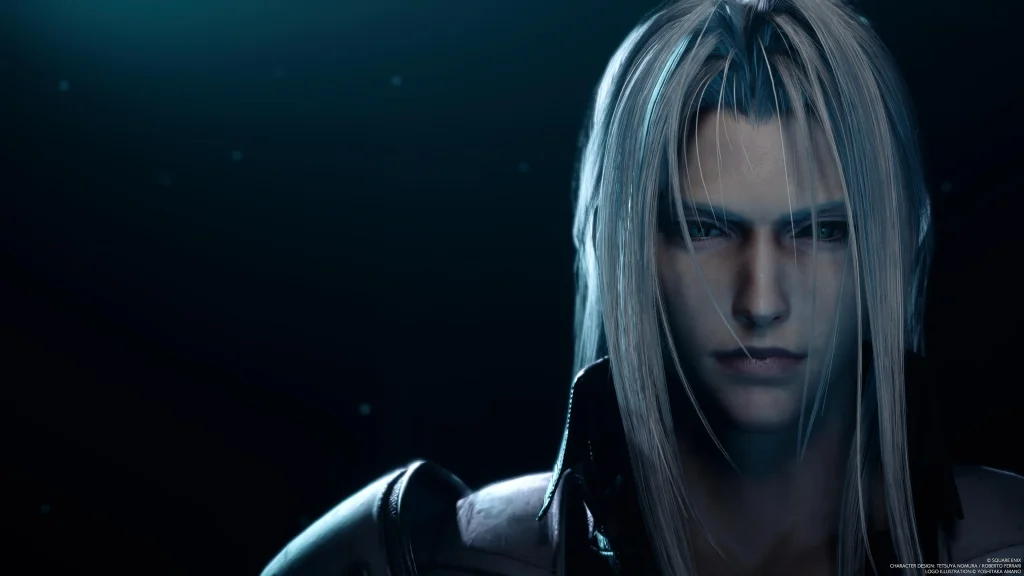
(Image credit: Square Enix)
This isn’t the Final Fantasy VII you remember from childhood. Much like Fallout 3’s vault escape or BioShock’s breathtaking descent into Rapture, Rebirth thrusts you into a sprawling open world that completely shatters the linear structure of Remake—and for those who only know the original, it’s going to be a mind-blowing experience.
That said, the game does flirt with a common pitfall of modern open-world design—the kind of map clutter that Ubisoft popularized in the 2000s and has since become a staple (and sometimes a burden) in open-world games of all kinds.
Take Chadley, the quirky yet divisive android, for example. He has Cloud climbing radio towers to scan the map and unlock points of interest—something you’ll need to do multiple times in each new region. By now, this mechanic feels outdated, and seeing Square Enix rely on it in 2024 is both surprising and a little disappointing.
However, to Rebirth’s credit, it gives players plenty of reasons to actually explore the areas these towers reveal. Special monster encounters, known as Fiend Intel, push the game’s brilliant hybrid combat system to its limits, offering tougher battles than most standard encounters. Protorelics tie into a wildly entertaining set of side quests (and an intriguing overarching character), with each region offering its own unique variations. And that’s just scratching the surface—there are plenty more activities waiting to be discovered.
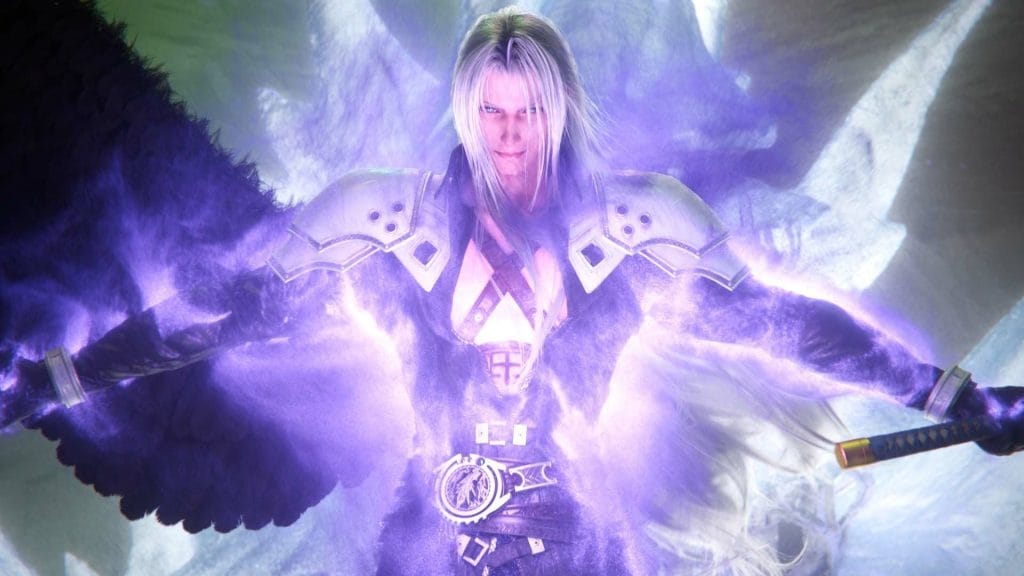
(Image credit: Square Enix)
Square Enix has done an outstanding job crafting visually stunning environments, but their beauty often fades up close. Pop-in is a persistent issue across both performance modes on PS5, with shadows and foliage appearing just steps ahead of Cloud and his party. While it becomes less distracting over time, switching between Rebirth and other visually superior new-gen titles like Horizon Forbidden West or God of War Ragnarok makes the gap in graphical quality hard to ignore.
Then there’s the 60fps (ish) performance mode, which is a real mixed bag. As noted by Digital Foundry and echoed by many players, this mode introduces an odd blurriness that noticeably impacts image clarity. The exact cause remains unclear, though Square Enix has acknowledged the issue and is investigating. For now, if you’re sensitive to visual sharpness, I’d strongly advise against using performance mode.
That leaves quality mode as the only viable option. Visually, it’s the clear winner, but it comes at the cost of a 30fps cap—far from ideal in an action-heavy game. Worse still, Rebirth struggles to maintain a stable 30fps during combat sequences, where effects and animations push the hardware. The absence of effective motion blur further amplifies the choppiness during fast-paced moments. This isn’t the kind of smooth 30fps experience seen in Forza Horizon 5, for example.
So, is there an ideal way to play? Not really. Quality mode is still the lesser of two evils, but neither option feels truly optimized at the moment.
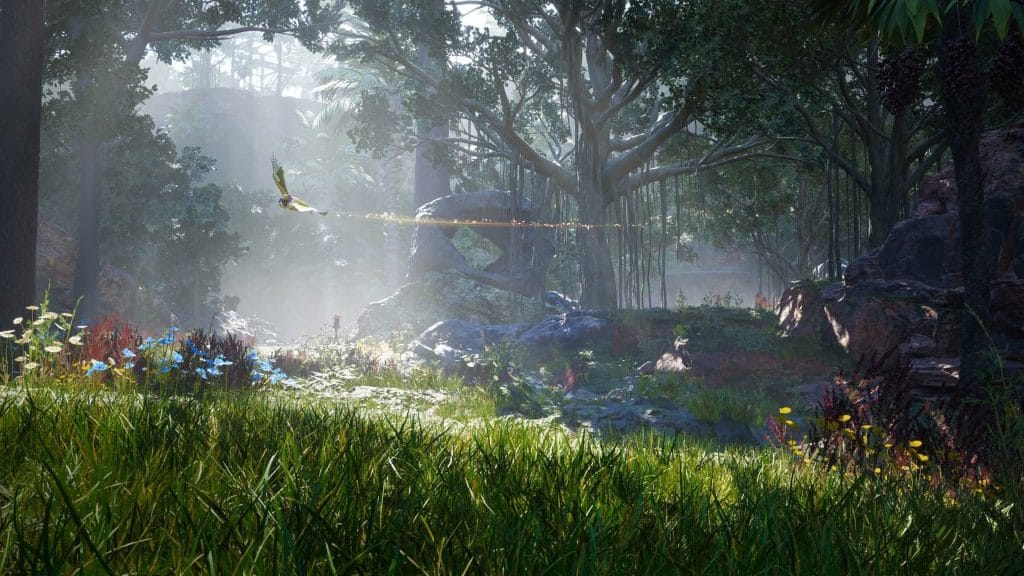
(Image credit: Square Enix)
Thankfully, these issues with visuals and technical quirks aren’t game-breaking by any stretch. For the past week, I’ve hardly played anything else, completely drawn in by a charming cast and a richly detailed world that elevates the original far beyond what the 2020 Remake achieved. The near top-tier cutscenes and meticulously crafted character models (at least for the main cast) make experiencing the dramatic story moments a true delight, all backed by one of the best combat systems you’ll encounter in a serious RPG.
Final Fantasy VII: Rebirth may not be flawless, but it’s undeniably impressive—even coming from someone who isn’t even a huge Final Fantasy fan. And if you already love the series? I’d bet this could easily become one of your all-time favorites.

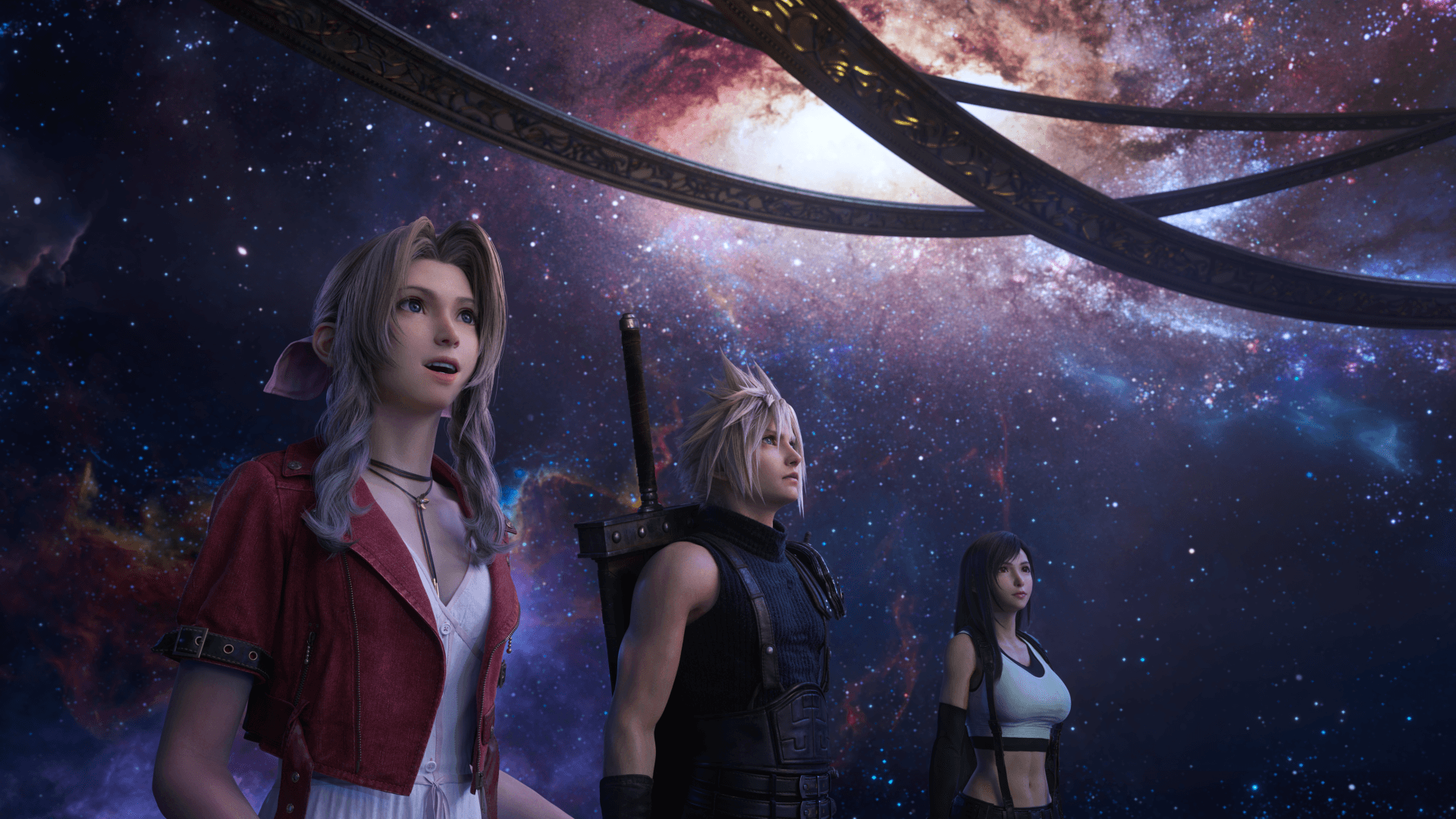
Etiam sit amet risus nec ipsum consectetur vulputate. Nunc mattis scelerisque leo, iaculis posuere velit maximus nec. Morbi congue eu mauris in tempor. Nulla quis egestas sapien. Morbi egestas neque sed ante eleifend, et mollis lorem sodales. Quisque posuere libero porta est dapibus, eget tincidunt lectus ultrices. Aliquam fermentum dolor libero, in pellentesque felis ullamcorper in. Morbi id feugiat dui, sed lacinia odio. Etiam varius feugiat ex, quis venenatis elit vulputate ac. Etiam vitae justo pretium, finibus elit at, venenatis augue.
Lorem ipsum dolor sit amet, consectetur adipiscing elit. Etiam velit odio, vulputate eu luctus id, ultricies sit amet leo. Donec suscipit elit nisl, nec rhoncus justo sollicitudin vel. Integer consequat ligula eget lacus pulvinar, nec rutrum lorem efficitur. Donec nec tincidunt enim, in efficitur elit.